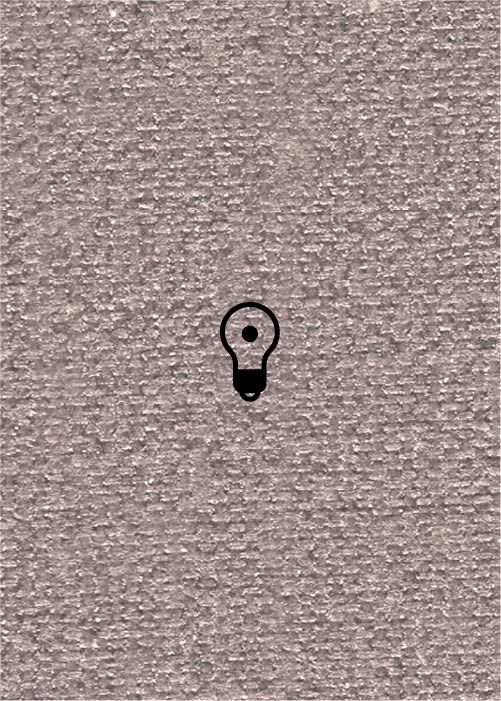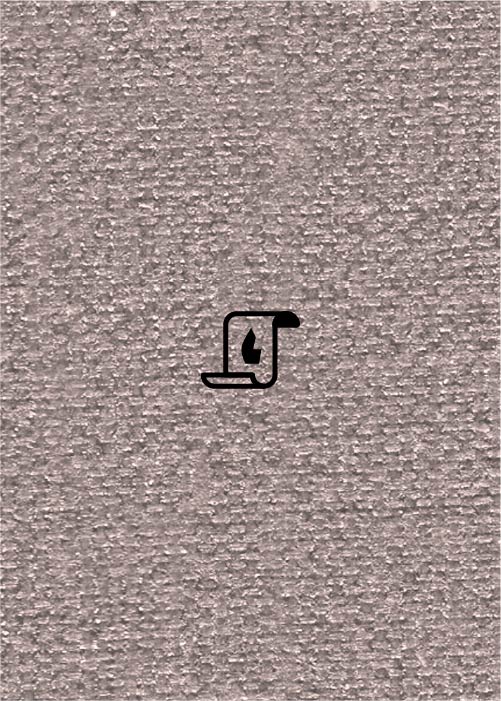(1846 results found)

Teplik: My Shtetl
… … Buenos Aires … … 1946 … Velvl Tshernovetski … Diasporic Jewish Culture … Jewish community … Ashkenazi … Valentin Chernovetzky … …

Shemele (LKT)
… p. 24 . “The ‘beroyges’ and ‘shalom’ dances [are] two Jewish weddings dances that were widespread in Eastern European Jewish communities, and [formed] part of the style of … last dances, outside of sources found in [Eastern European Jewish] folk song, we have nothing about this style, no …

Semele (LKT)
… dance. Cahan introduces some German folk songs as well as Jewish ones in which we find a similar dance. However, the …

«A Special Kind of Antisemitism»: On Russian Nationalism and Jewish Music
… the fiftieth anniversary of the founding of the Society for Jewish Folk Music, the composer Solomon Rosowsky published a … days a half century earlier: [1] “Why are there so many Jewish students at the St. Petersburg Conservatory? Because … the only school in the Russian Empire with a quota for non-Jewish students.” [2] Rosowsky’s joke was pure hyperbole. …

Mitsve-tants (LKT)
… singular khusid ] were cornerstones of Leon’s old-time, Jewish dance repertoire. He often referred to them as a … [ mitsve dance], alluding to their frequent use at Jewish weddings to accompany the mitsve [ritual … practice and the restrictions against mixed dancing in Jewish communities. Later publications describe a modified …

Kosher-tants (LKT)
… the the name of this dance (‘kosher dance’) is originally Jewish, in all instances its music was typically foreign and … the bride is a kosher one’ is far from in good taste for Jewish modesty... In newer times the maskilim began to wage …

Mekhutenim-tants
… pp. 15-16 . “The ‘beroyges’ and ‘shalom’ dances [are] two Jewish weddings dances that were widespread in Eastern European Jewish communities, and [formed] part of the style of … last dances, outside of sources found in [Eastern European Jewish] folk song, we have nothing about this style, no …

Beroyges-tants
… p. 1266 . “The ‘beroyges’ and ‘shalom’ dances [are] two Jewish weddings dances that were widespread in Eastern European Jewish communities, and [formed] part of the style of … last dances, outside of sources found in [Eastern European Jewish] folk song, we have nothing about this style, no …

Hopak (LKT)
… the hopak . (The name hopak was folklorized into hopke .) Jewish kozachok melodies were borrowed, but in the klezmer …

Hopke (LKT)
… the hopak . (The name hopak was folklorized into hopke .) Jewish kozachok melodies were borrowed, but in the klezmer … in the klezmer repertoire. They did not acquire a Jewish sound. The kozachoks and hopaks that were adopted are … music. Very often under Ukrainian titles we find purely Jewish pieces.” Goldin 1989, p. 15 . “ Hopke . dance.” …


